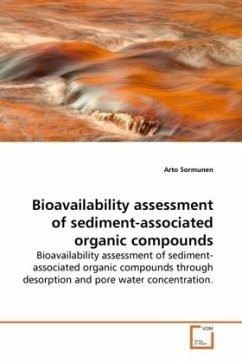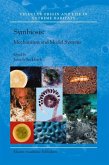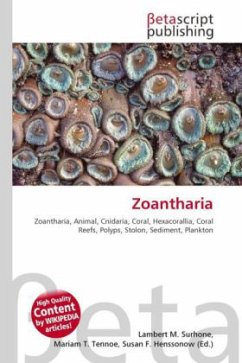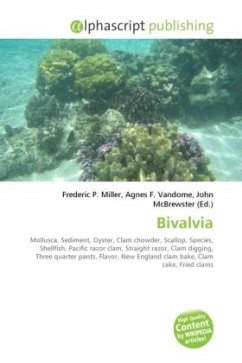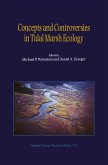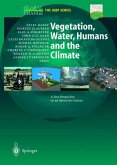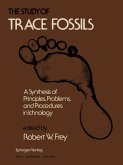Determining the bioavailability of
sediment-associated compounds is an essential but
difficult part of the modern environmental risk
assessment process. Numerous environmental factors,
e.g. temperature, chemical contact time, chemicals
present in the sediment, chemical and sediment
properties modify bioavailability of model compounds,
but this change in bioavailability is partially based
on the changes in chemical s desorbing fractions.
However, bioavailable fraction can not be solely
interpreted by reference to the size of the desorbing
fraction. For example the rapidly desorbing fraction
did not totally describe the bioavailable fraction of superlipophilic polychlorinated dibenzo(p)dioxins
and -furans, polychlorinated diphenyl ethers in
field-contaminated sediments. In addition, the
organisms sediment ingestion may modify the
bioavailable fraction in a way that is not taken into
account in the bioaccumulation models. Regardless of
this, results indicate that the freely dissolved pore
water concentration can give a better estimation for
the bioavailable fraction than do total concentration
and thus could improve the realism of site-specific
ecological risk assessment.
sediment-associated compounds is an essential but
difficult part of the modern environmental risk
assessment process. Numerous environmental factors,
e.g. temperature, chemical contact time, chemicals
present in the sediment, chemical and sediment
properties modify bioavailability of model compounds,
but this change in bioavailability is partially based
on the changes in chemical s desorbing fractions.
However, bioavailable fraction can not be solely
interpreted by reference to the size of the desorbing
fraction. For example the rapidly desorbing fraction
did not totally describe the bioavailable fraction of superlipophilic polychlorinated dibenzo(p)dioxins
and -furans, polychlorinated diphenyl ethers in
field-contaminated sediments. In addition, the
organisms sediment ingestion may modify the
bioavailable fraction in a way that is not taken into
account in the bioaccumulation models. Regardless of
this, results indicate that the freely dissolved pore
water concentration can give a better estimation for
the bioavailable fraction than do total concentration
and thus could improve the realism of site-specific
ecological risk assessment.

